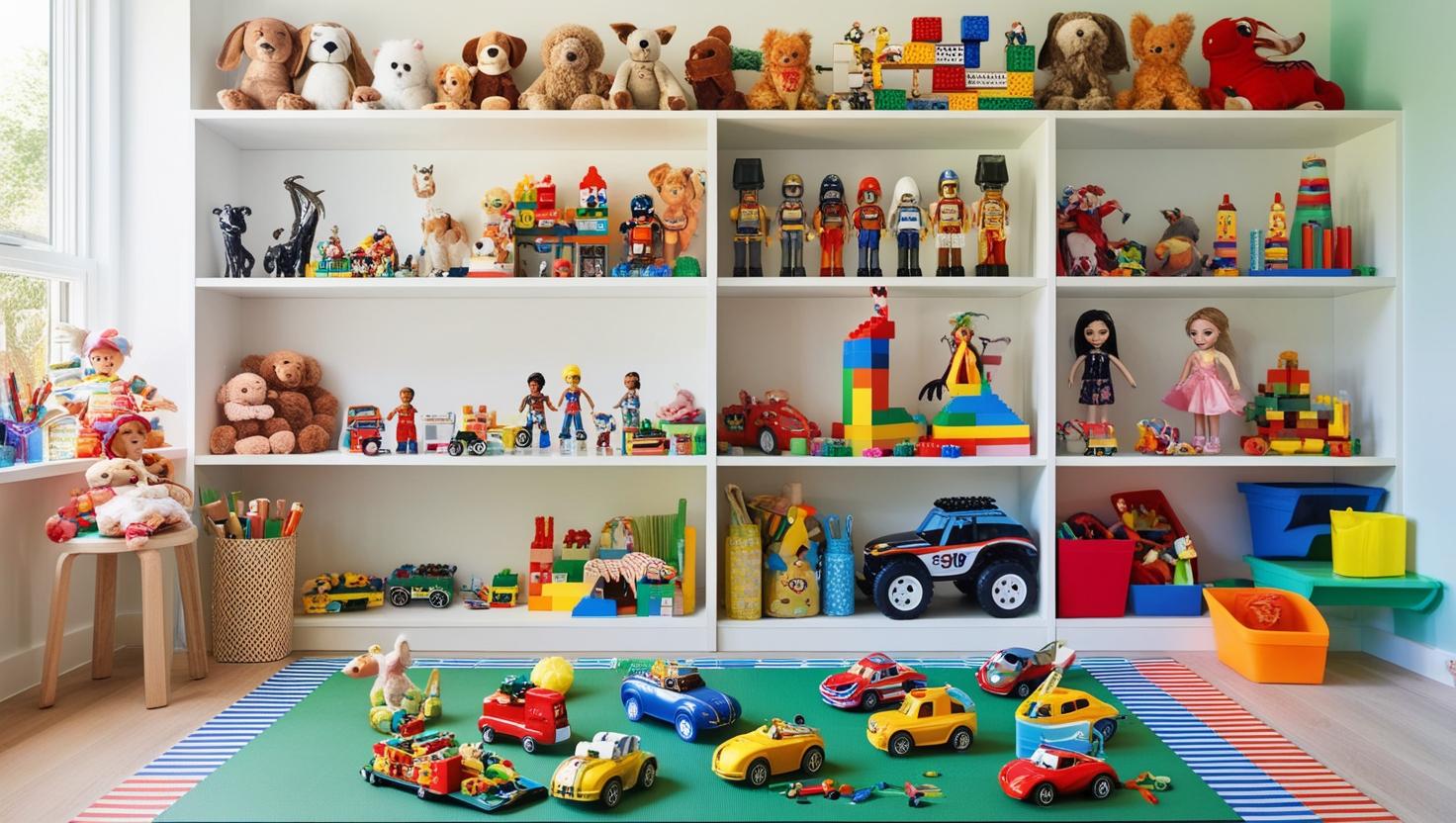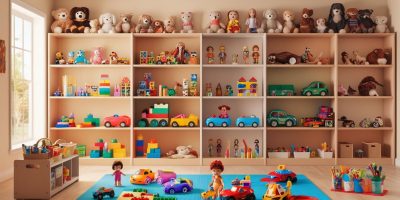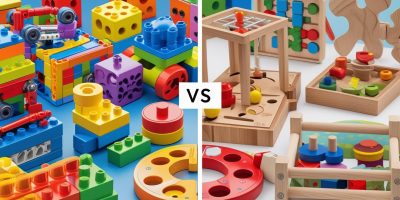Every child learns differently. Some absorb ideas best by seeing, others by hearing, touching, or moving. So why do we often buy STEM toys based only on age or subject? If you’ve ever felt your child lose interest in a toy that “should have been perfect,” chances are it didn’t match how they naturally learn.
This guide breaks down the most common learning styles and shows you which types of STEM toys work best for each. When you match your child’s learning style with the right kind of toy, they’ll stay engaged longer, learn faster, and have way more fun.
1. Visual Learners
These kids think in pictures. They love bright colors, patterns, charts, diagrams, and step-by-step visuals.
Toy Ideas:
- Coding robots with light-based commands (like Botley 2.0)
- Puzzle-based games that rely on spatial reasoning (like ThinkFun Gravity Maze)
- Circuit kits with LED lights to show flow (like Snap Circuits Light)
Tip: Choose toys with clear visual instructions and colorful results.
2. Auditory Learners
They remember what they hear. These learners enjoy songs, storytelling, and talking their way through challenges.
Toy Ideas:
- STEM storybooks with interactive sound effects
- Robot kits that respond to voice commands
- Audio-based coding games or STEM podcasts for kids
Tip: Narrate while playing or encourage kids to explain the steps out loud — it reinforces their learning.
3. Kinesthetic Learners
They learn best by doing. Moving, building, hands-on interaction — that’s their sweet spot.
Toy Ideas:
- Engineering kits with moving parts (like K’NEX or Marble Runs)
- DIY science labs (like National Geographic Science Kits)
- STEM building blocks with magnets or gears (like Magna-Tiles or Brackitz)
Tip: Encourage lots of motion — building, testing, re-building. These kids thrive on experimentation.
4. Logical (Mathematical) Learners
These kids love solving problems and finding patterns. They enjoy structure, reasoning, and rules.
Toy Ideas:
- Math-based games like Osmo Numbers
- Early coding toys with sequencing (like Code & Go Mouse)
- Puzzle toys that require planning and logic (like Rush Hour)
Tip: Give them toys with challenges, levels, or objectives — it satisfies their inner problem-solver.
5. Social vs. Solitary Learners
Not a traditional “style,” but equally important. Some kids love teamwork, others prefer solo exploration.
Social Learners thrive with:
- Group science kits
- STEM board games
- Collaborative building sets
Solitary Learners shine with:
- Independent puzzle challenges
- Coding apps or kits with solo missions
- Quiet STEM projects like nature observation or solo experiments
Conclusion
By paying attention to how your child learns, not just what they learn, you’ll unlock more meaningful and lasting experiences with STEM toys. Whether they build with their hands, listen to stories, or think like mini mathematicians — there’s a perfect STEM toy out there waiting to light up their curiosity.
Ready to choose smarter? Check our curated lists for each learning style to find the best picks!





